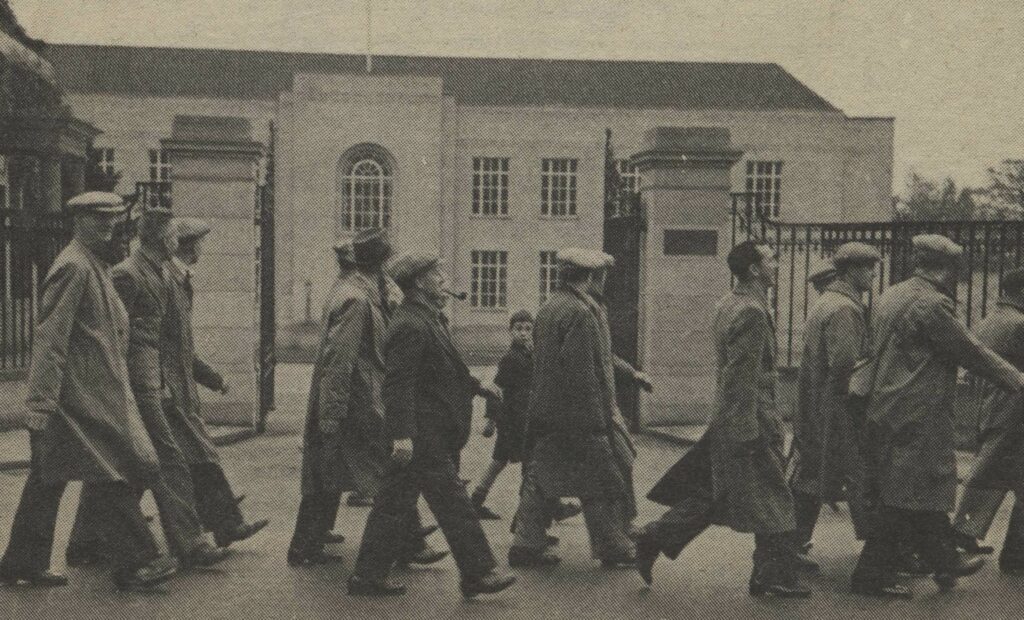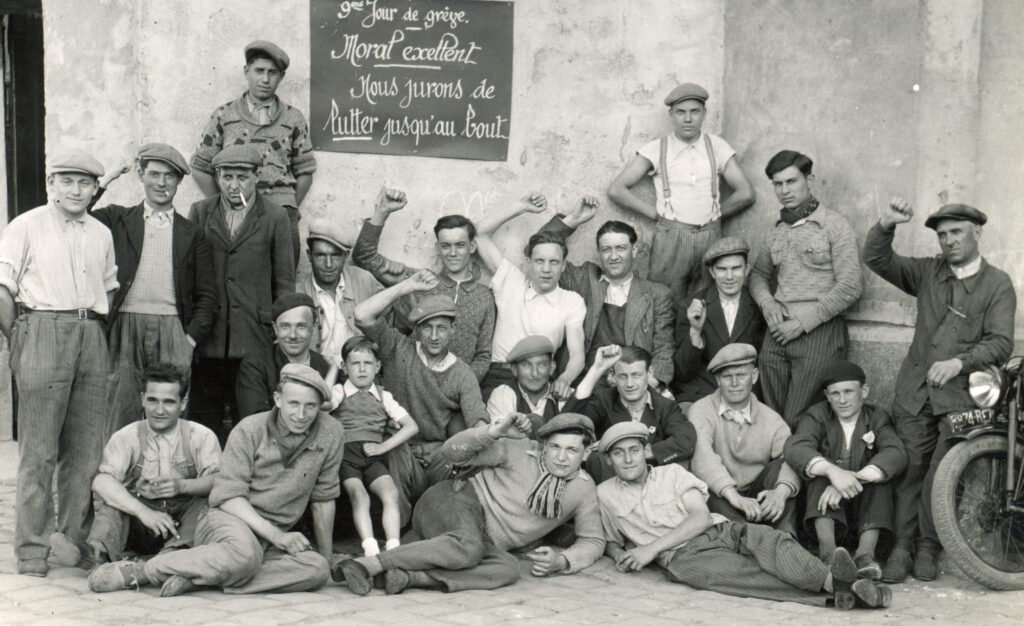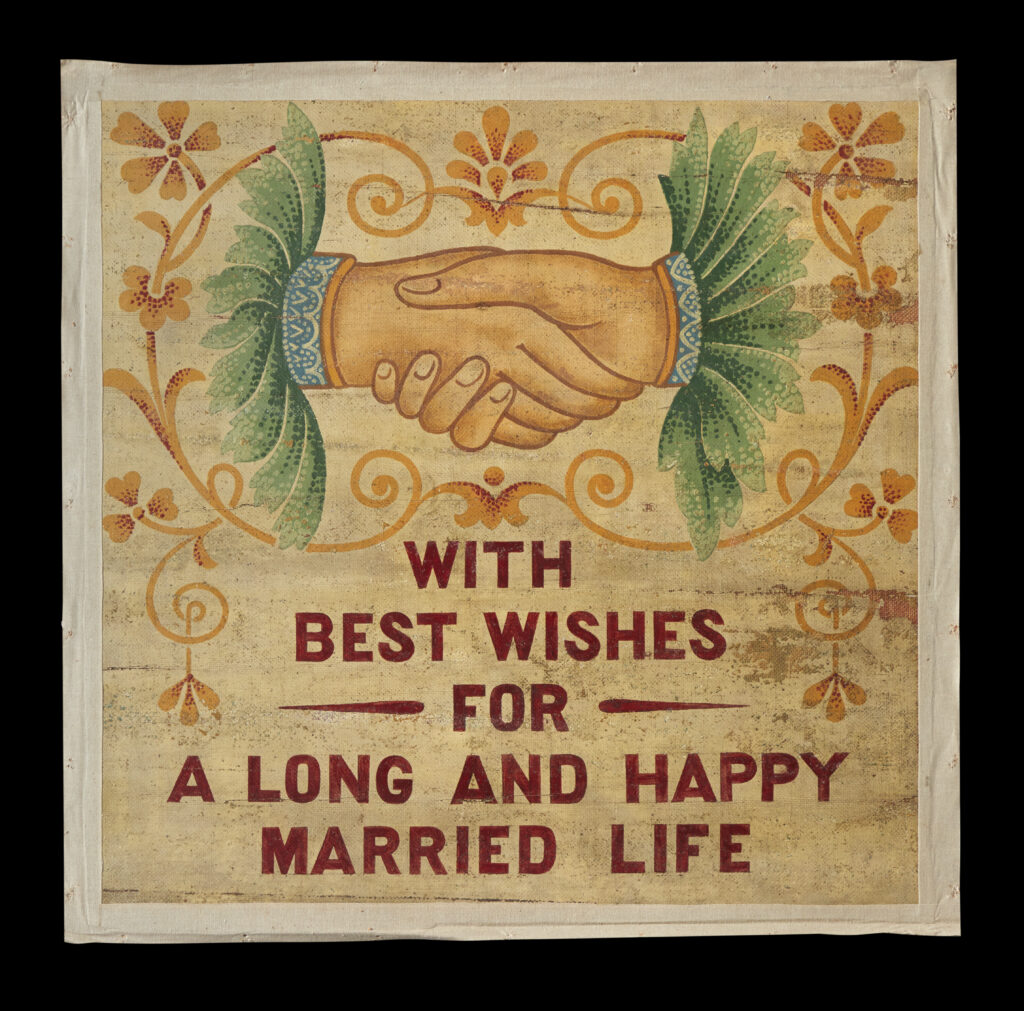
This blog from our inspiring volunteer, Jean Barclay, has been inspired by an article found in the wonderful resource called Anent of Dunfermline. The images are not from our own resources but reflect the story.
Part 1 – the Child-Stealing.
In May 1817, in the harsh times after the Napoleonic Wars, a young woman Janet Douglas of Gilmerton near Edinburgh, aged about 18, found herself out of work as a collier`s bearer. The job, which involved hauling hewn coal from the bottom of the shaft to the pithead, was heavy and degrading but at least brought in a wage however small. Janet, said to be sober and industrious, looked about for work but could find nothing in her locality. She was told, however, that there was work to be had at Halbeath Colliery across the Forth near Dunfermline and a woman told her that she stood more chance if she had a child with her as a potential pair of hands.
Janet decided to try Halbeath and on May 12th began her journey north. Reaching the Grassmarket area in the late morning, she noticed a little girl of about three in a light dress, a checked pinafore and a green bonnet and, giving her some sweets, persuaded the child to come with her. The little girl was Margaret or Maggie Reach, one of he three children of James Reach, a mason, at King`s Stables, Portsburgh, Edinburgh, and his wife, Marion Brown.
With Margaret in tow, Janet headed towards Queensferry, stopping now and then to ask for food and water for herself and `Jeannie`, as she called the little girl, and at Muttonhole (now Davidson`s Mains) a Miss Marshall gave her a penny to pay for the crossing. Passing Braehead near Cramond at about 3.30pm, they reached the ferry, crossed to North Queensferry and trudged on to Dunfermline and Halbeath. Here Janet quickly obtained employment and found lodgings with a miner James Barnard and his wife.
Meanwhile, Margaret`s distraught parents had began a desperate search. James went to the police watch-house in Portsburgh and to the police office in town and got the town crier to ring his bell to broadcast Maggie`s disappearance. The next morning, the 13th, he rose at four o`clock and walked to Whitehouse Toll and on to Leith, and then, after going home for a bite to eat, he took the road to Queensferry, by way of Craigleith Toll, Bell`s Mills, Muttonhole and Braehead, where several people, including Miss Marshall, told him they had seen the pair passing the day before. James decided to take the ferry and try Dunfermline as a likely place. In Dunfermline the weary man combed the streets and lodging houses and then spent the night in town. On the next day, the 14th, he had a stroke of luck as he met an observant weaver who told him that the day before he had noticed a stranger, a young woman travelling east carrying a child. By her appearance he had judged her to be a colliery woman and advised James to try Halbeath, two miles away. James proceeded there and after making enquiries found his little girl sitting by the fire in the Barnard`s house. Janet was out buying provisions and when she returned and saw James Reach with his delighted child, she pleaded with him to be lenient with her as she would have returned Maggie as soon as possible. However, after all his worry, James was adamant and, getting a lift to Dunfermline with a passing cadger, he obtained a warrant and returned with the town officer. The officer arrested Janet and took her to the town where she was questioned by the Provost and other members of the Council but denied any ill-intent. Having spent the night in Dunfermline prison, Janet was taken to the Old Tolbooth in the Canongate of Edinburgh. James Reach made his way home with his daughter on his back and showed her to some of the people who had seen her before and could identify her.

Part 2 – the Trial.
For four months Janet was imprisoned in Canongate Tolbooth awaiting her trial for child-stealing or plagium, a capital offence. The trial was finally held on September 8th 1817 at the High Court of Judiciary presided over by the Lord Justice Clerk, the Rt. Honourable David Boyle. For the Crown, James Wedderburn, Solicitor General, reminded the jury of enormity of the crime and the clearly established guilt of the prisoner as evidenced in witness statements from James Reach, who was in court, and from the people Janet and Maggie had met on their way (1). Mr. White for the defence observed that the child had been stolen, certainly in a culpable way, but from motives surely the least criminal that could possibly be conceived. He referred to her past good character (2), to her youth and inexperience and the fact that she had cared for the child with `all but a mother`s kindness` and intended to return her. After a summing up and without quitting the box for further discussion, the jury, who had a clear though painful duty to perform, found Janet guilty as charged. The Lord Justice Clerk addressed the prisoner about the enormity of her crime, put on his black cap and sentenced her to suffer the penalty of death in the city on Wednesday the 15th of October.
Janet hardly seemed to realise the awful doom fallen upon her but sat dazed and bewildered in the dock. More affected was James Reach, now full of pity for the unfortunate victim of her mistake and his pursuit, who burst into tears and was removed trembling from the Court.
Janet was now taken to the Old Tolbooth near St. Giles in the High Street, but not for long as it was soon to be demolished and replaced by a new prison on Calton Hill. Most prisoners were removed to the new prison but Janet and three men awaiting execution were sent to the lock-up house attached to the County Hall (3).
Janet`s case became a cause celebre and for a penny a broadside could be purchased penny entitled `Trial and Sentence! A True and Particular Account of the Trial and Sentence of Janet Douglas, who is to be executed on Wednesday the 15th Day of October next, for Child Stealing!!!` Janet`s case attracted considerable interest and sympathy in the town as many Edinburgh folk felt that she had been too harshly judged. Petitions for leniency led by her advocate Mr. White were signed all over the city. The Scotsman reported that several correspondents had written to them about the case and while reluctant to take it up, they had become convinced that `a considerable interest is felt in the fate of this poor woman, and that some mitigation of this awful sentence under which she now lies would gratify the feelings of the community`. The petitions were sent to London and bore fruit because early in October `the Magistrates of Edinburgh received a respite from the Prince Regent for Janet Douglas under sentence of death for child stealing until further signification of the Royal Highness`s pleasure` (4). Later in October the order was received that Janet was to be transported from Scotland for life, under contract for the first seven years.
Janet was sent to the new Calton Hill Prison to await her orders for transportation and on Tuesday, March 24th 1818, she was sent off from Edinburgh jail on her way to New South Wales along with fellow-prisoners Beatrix McLeod a forger and Isabella Maxwell who had been jailed for wilful fire-raising (5).

3. THE VOYAGE ON THE CONVICT SHIP MARIA:
Janet and her companions sailed south from Leith to Deptford, where they were probably kept in the prison hulks for a night or two. On Friday March 27th Janet was received on board the convict ship Maria, with her two companions from Scotland. The ship gradually filled with new arrivals until it contained 126 women convicts,
nearly 30 children, a free settler and his family in first class, and a full crew under Henry Williams the master. The surgeon was Thomas Prosser who was responsible not only for the clinical care of the women but for admitting and examining them, for attending to their welfare and for their meals and their quarters. Shortly before they left, Mr. Prosser employed a nurse named Young to assist him in the sick-bay.
At this time Elizabeth Fry was working to improve the lot of women prisoners and she came down to Deptford with a group of her friends to see what could be done for the convicts on the Maria and suggested many improvements for their comfort (6). She visited the prisoners almost daily and finally she saw them off with a short service on board, sailors from all the ships nearby crowding round their rails and up in the rigging to witness this unusual ceremony.
The Maria sailed from Deptford to Deal and then on May 15th began its four months voyage to New South Wales. Sadly, Janet Douglas was not among the 124 women and 25 children who disembarked at Port Jackson on September 17th, as she was been one of only two women (and a few babies) who had died during the voyage. Thanks to the surgeon, Thomas Prosser, we have a detailed account of what happened (7).
We first hear of Janet with a minor problem being treated by Prosser but on July the 18th she presented with severe pain in her side, back and belly after one of her room-mates had laid on her by accident. Janet was in pain for a few days, was badly bruised and developed a fever but gradually seemed to improve. However, not long afterwards she presented early in labour, having become pregnant at some point early during her imprisonment in Edinburgh (8). On Friday July 31st Prosser recorded that Janet, a small woman of 18, had began in labour at 4am. Labour progressed slowly through Saturday into Sunday when at 2pm Janet gave birth to a still-born son. Janet bled profusely and only spoke once when she asked the nurse of the sick-bay if the baby was alive and when told it was not said she would sooner have died than the child. Janet seemed to rally a little but the placenta was retained (perhaps due to the earlier accident) and she eventually bled to death. (8) The final sad note came on Monday August 3rd at 4pm when Thomas Prosser recorded that they had `committed the body of Jane Douglass and child to the deep`.
On arrival in New South Wales, some of the women stayed put, those with children were sent to work in Parramatta factory, some were employed as private servants, while 60 travelled on to Van Diemen`s Land, now Tasmania. Perhaps Janet, after serving out the seven years of her contract, could have built a reasonable life for herself as many did, but we will never know.
SOURCES AND NOTES:
Sources:
The main sources for Janet`s story are Daniel Thomson, `Anent Dunfermline`, Vol. 6, item 174, from Dunfermline Carnegie Library and Galleries (By error or design Thomson gives Janet`s surname as `Young`); and on line sources: Blackwood`s Magazine 1817, Vol. 2, pp. 109-10, and the broadside `Trial and Sentence!` mentioned above.
Notes:
1. The people that Janet met along the way were William Halliday of Craigleith toll, James Anderson of Bell`s Mills and his wife Helen Brotherton, Miss Marshall of Muttonhole, William Brown of Braehead and his wife Grace Macpherson and James Barnard and his wife Mary Brown of Halbeath.
2. Coal heavers at Gilmerton, John Robertson, William Brockie and William McKinlay, had stated that Janet worked industriously for her bread but had been obliged to leave Gilmerton for want of employment.
3. Janet`s fellow prisoners in the lock-up: Bernard and Hugh McIlvogue, and Patrick McCrystal, three Irishmen accused of robbery and rape, were executed in Greenock on October 10 1817.
4. The Scotsman, Sept. 20 1817; Morning Post, October 3 1817.
5. Inverness Journal and Northern Advertiser, April 3 1818. Elizabeth or Beatrix Wood, alias McLeod, nee Laing, and her husband James Seath or Wood, were both sentenced to seven years` transportation for forging a bill for £46; Isabella Maxwell, wilful fire-raiser, was sentenced to 14 years` transportation. What happened to Beatrix is unknown at present but Isabella was one of 60 women who went on from New South Wales to Van Diemen`s Land on the `Elizabeth Henrietta`.
6. Among Mrs. Fry`s suggestions, mostly implemented, were for the prisoners to be taken in closed carriages to the ship to avoid the stares and jeers that usually accompanied them; the division of the women into groups of 12 according to age and criminality, each under the charge of a steady convict; the provision of material and knitting wool from warehouses to help the women pass the time and to have something to sell on arrival, and for a schoolroom to be set up in the stern for the 14 of the 28 or so children and babies.
7. `Diary of the Maria Female Convict Ship commencing 7th March 1818 kept by Thomas Prosser Surgeon and Superintendent` (usefully transcribed and available on line). Prosser sometimes gives names for his female charges that are different from the original and Janet Douglas is known aboard as Jane Douglass.
8. Where and exactly when Janet became pregnant is a mystery but if the baby was full term it must have been about the end of October 1817, by which time Janet had been moved to Calton Hill.
9. Among the treatments Prosser used after Janet`s accident and then in his desperate efforts to save her life were: liniments, fomentations, laxatives, caudles (warm spiced drinks), antimony wine (antimony mixture in sweet wine), catheterisation, tincture of opium, spirits and volatile liquor of hartshorn (similar to smelling salts)




